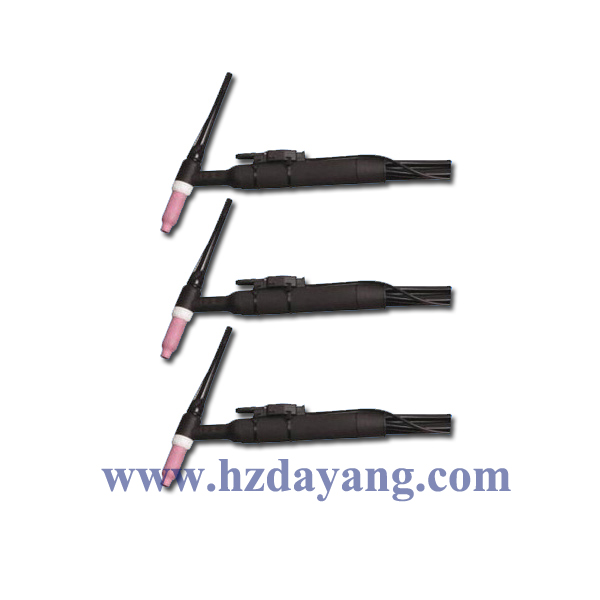| Replay: Nickel substrate, corrosion-resistant alloys in some media, called nickel-based corrosion resistant alloys. In addition, the nickel-containing greater than 30%, and corrosion resistant alloys containing more than 50% of nickel plus iron, customarily referred to as iron - nickel-based corrosion resistant alloy (see acid-resistant stainless steel). The 1905 production of Ni-Cu alloy (Monel alloy Ni 70 Cu30) is the first nickel-based corrosion resistant alloys. In 1914 the United States began the production of Ni-Cr-Mo-Cu type corrosion resistant alloy (Illium R), Germany in 1920 to begin production containing the Cr from about 15%, about 7% of Mo Ni-Cr-Mo type corrosion resistant alloys. 1970s, countries in the production of corrosion resistant alloy grades for almost 50. Wherein the yield larger, wider use of Ni-Cu, Ni-Cr, Ni-Mo, Ni-Cr-Mo (W), Ni-Cr-Mo-Cu and Ni-Fe-Cr, Ni-Fe-Cr -Mo alloy series, a total of more than ten kinds of grades. In the 1950s, China started to develop nickel-and iron - nickel-based corrosion resistant alloy, the end of the 1970s, more than ten kinds of grades.
Category nickel-based corrosion resistant alloy to austenite. In the state of solution and aging treatment, there intermetallic phase and metal carbo-nitrides in the austenite matrix of the alloy and the grain boundary exists, a variety of corrosion resistant alloy is classified by composition and its characteristics are as follows:
Ni-Cu alloys in a reducing medium corrosion resistance than nickel, corrosion resistance superior to copper in the oxidizing medium, which under anaerobic conditions and oxidant, is high-temperature fluorine gas, hydrogen fluoride and hydrogen fluoride the acid of the best materials (see the metal corrosion).
Ni-Cr alloys are used mainly in the medium under conditions of oxidative. Corrosion, the corrosion resistance of high temperature oxidation and sulfur, vanadium and gas enhanced with increasing chromium content. Such alloys also has good resistance to hydroxides (e.g. NaOH, KOH) corrosion and stress corrosion capability.
Ni-Mo alloy used mainly in reducing medium corrosion conditions. It is resistant to hydrochloric acid corrosion of the best kind of alloys, but in the presence of aerobic and oxidant, the corrosion resistance will be significantly decreased.
Ni-Cr-Mo (W) alloy of both the above-mentioned Ni-Cr alloy, the performance of the Ni-Mo alloy. Oxidation - reduction under the conditions of mixed media. Such alloys in a high-temperature hydrogen fluoride gas, in oxygenated and oxidant hydrochloric acid, hydrofluoric acid solution as well as a good corrosion resistance in wet chlorine gas at room temperature.
Ni-Cr-Mo-Cu alloy has the ability to both nitric acid and sulfuric acid corrosion resistance, good corrosion resistance in some oxidation - reduction mixed acid. |









